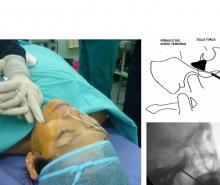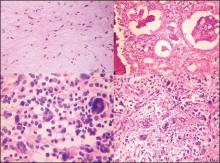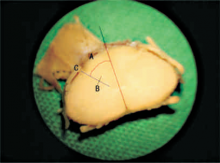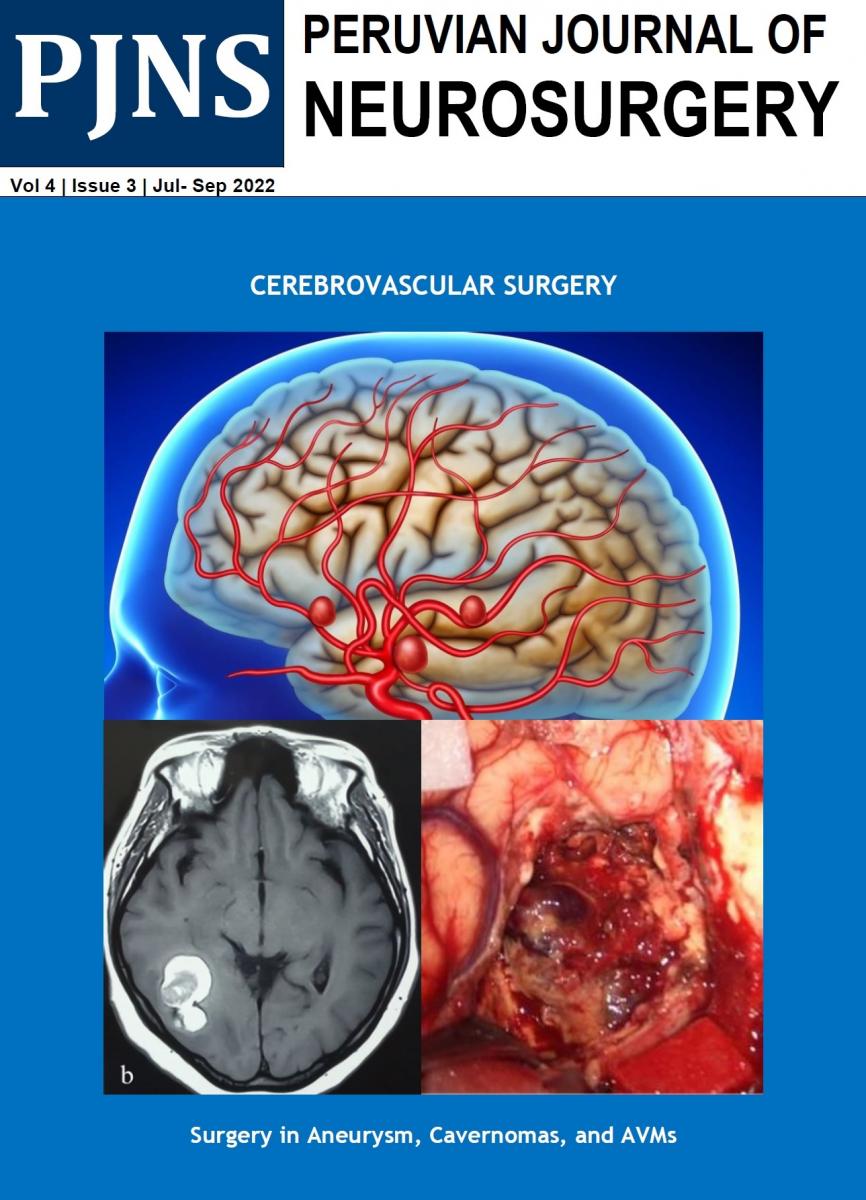Percutaneous Rhizotomy Gasserian ganglion with ball for treatment of trigeminal neuralgia
The authors present four patients with trigeminal neuralgia treated by percutaneous rhizotomy of the Gasserian ganglion with balloon. The procedure was performed with fluoroscopic assistance with sedo analgesia without intubation. All patients were females. The sector most affected was V2 (50%). We obtained the three forms of balloon described (pear, hourglass, oval). In the four patients had immediate pain relief in the immediate postoperative.










